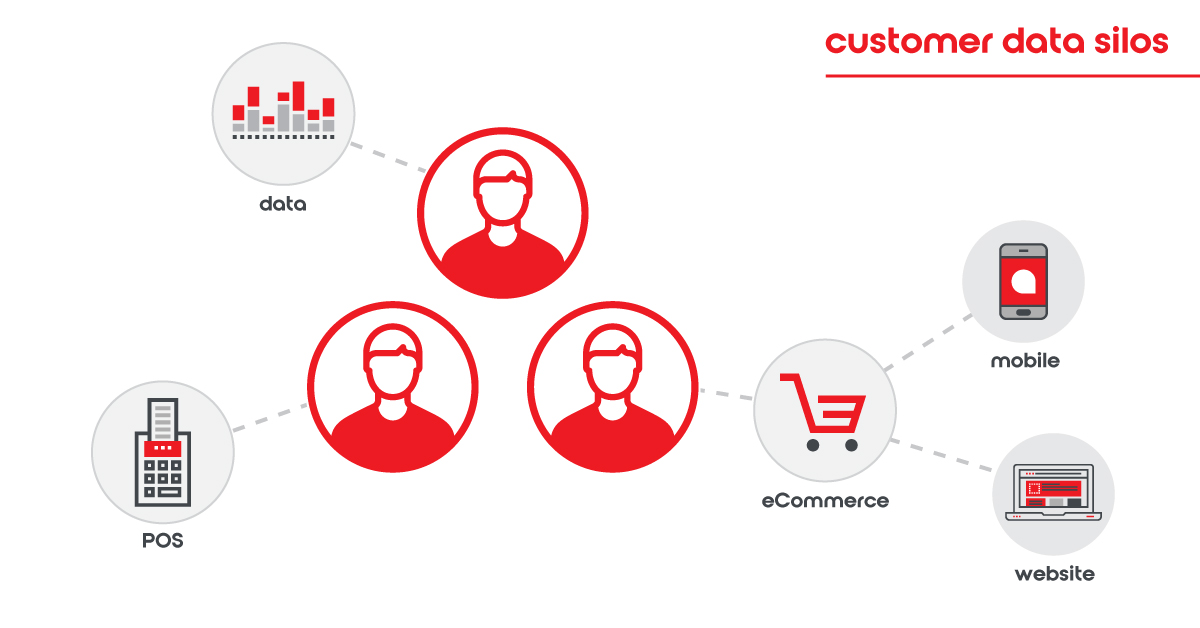



Many marketers are always looking for new ways to increase their conversions and improve audience targeting. Historically, marketers have relied on the cookie to identify and track audiences and behavior. However, with Chrome discontinuing third-party cookies by 2022 and others following suit, other audience identification and targeting options are a must.
Leveraging identity graphs is one way that is often overlooked. Identity graphs can stitch together all identifiers associated with a single person, which allows marketers to more efficiently market to these individuals and improve conversion rates. Have you ever had trouble marketing your product because you weren’t sure who your target audience was? With identity graphs, your audience can be identified, profiled and targeted.
What is an identity graph?
An identity graph (ID graph) is a database that stores all identifiers associated with an individual, including user names, email addresses, phone numbers and even offline identifiers like loyalty card numbers. An ID graph takes these IDs from various data sources and stitches them into a single profile. The process of matching customer records from disparate sources is “identity resolution.”
(Note: while cookie data can be used to form ID graphs, it is not required, so ID graphs will not be impacted significantly by the upcoming discontinuation of the cookie.)
Identity resolution
In addition to linking customer records from various databases, ID graphs can be used to link households for targeting and identifying the most prominent member of the household as the household’s primary contact. For example, all users within a household may share a Netflix or Amazon Prime account. This data is important as part of the overall profile of the household but can’t be attributed in full to any one person.


Walled ID graphs
Facebook and Google are great examples of platforms that have built ID graphs for use in audience targeting. However, these platforms are “walled,” meaning that a marketer cannot leverage these audiences outside of the platforms in which they were built. While both Facebook and Google offer powerful and smart targeting, the marketer’s inability to target these same audiences in other channels limits the overall effectiveness of ID graphs within Google and Facebook.
Open identity platforms
Open identity platforms can solve this problem. These networks allow the aggregation of data from disparate sources and provide attribution to their original source, allowing marketers to target these audiences in other channels as well. An open identity platform also allows you to bring in your company’s first–party customer data to further enhance the ID graphs.
Beyond identification
ID graphs can be used to identify audiences and their behaviors. Behavior data can tell a marketer what has occurred and also predict behaviors by analyzing behaviors across millions of users. The ability to predict behaviors allows for intent targeting, which improves conversion rates.
Can I afford this?
ID graphs can be expensive to build and maintain, especially if they are open platforms. However, the cost of building ID graphs is offset by the marketer’s ability to leverage these identities in other channels. Marketers also have a better understanding of their customers, which allows them to create more compelling messages that resonate with specific audiences.
The use of identity graphs is not just for big brands. They can be used by any company to enhance the experience of prospects and customers, generate qualified leads and optimize marketing campaigns. If development of your own ID graphs seems daunting, open–source ID graphs and behavior analysis are available to leverage for campaigns.
While the cost of these campaigns is slightly higher than targeting a curated third-party audience through a DSP, the ability to target the audience across platforms (social, email, video, audio and display) and the significant increase in conversions proves ID graphs and intent targeting to be the best return on marketing investment over traditional targeting.
Let us help you reach your goals
Whether your goal is business leads or product sales, AcrobatAnt’s media team has the experience to provide the best recommendation for your marketing investment. Contact Angela Harless via email or phone at 918-938-7912.